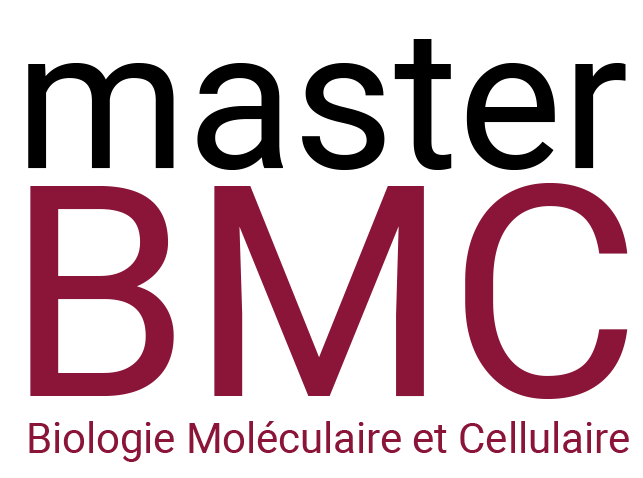M2 internship 2023-2024
Key Words : muscle, moto neurons, transcription factors, Neuromuscular junction
Co-supervisors : Sabrina Batonnet-Pichon (MCU-HDR) and Iryna PIROZHKOVA (IR1-HDR)
Mails : sabrina.pichon@u-paris.fr, iryna.pirozhkova@inserm.fr
Equipe : Institut Cochin, équipe Développement neuromusculaire, Génétique et Physiopathologie | INSERM U1016, CNRS UMR 8104, U.Paris-Cité
24 Rue du Fg St Jacques, 75014 Paris, France
NEURO-MUSCULAR COMMUNICATIONS OF FAST MYOFIBER SUBTYPES
It is known that adult myofibers possess three main classes of myonuclei, the NMJ (neuromuscular junction), the MTJ (myotendinous junction), and the majority defined as body myonuclei involved in protein production for sarcomere formation (Dos Santos et al., 2020; Kim et al., 2020; Petrany et al., 2020). Our team has shown that along innervated adult myofibers, body myonuclei are coordinated in terms of fast myosin heavy chain (Myh) expression, suggesting that all body myonuclei in a given myofiber express the same set of genes, controlled by the same signaling pathways (Dos Santos et al., 2020). The NMJ are the key myonuclei for the muscle and motoneuron communication, and have been shown to be degenerated as a consequence of impaired vesicle transport in rapidly fatiguing motor neurons in Amyotrophic Lateral Sclerosis (ALS). Curiously, while slow motor neuron-muscle signaling has been deciphered, the signaling pathways responsible for the fast IIA/IIX/IIB muscle specific programs have not been identified.
The M2 project will be part of the team’s overall project, which concerns the understanding of the coordination of nuclei in fast fiber subtypes and the evaluation of the role of motor neurons in this specific coordination. The scope of this project is to study the contribution of the NMJ to skeletal muscle denervation events and to identify the responsible signalling cascade(s). Studies will focus on one hand on snATAC-seq peaks and the scRNA-seq transcriptome, as well as on characterizing how denervation can modulate myonuclear reprogramming. On a second hand to decipher signalling cascade, we will optimize muscle cell culture system in 2D but also in 3D. Indeed we will use co-culture of myoblasts and motoneurons in order to create a specific ex-vivo mimicking myofiber maturation system. We will also test different way of electrical stimulation associated or not with some optogenetic tools to control specific electrical influx during myoblast differentiation.
Taken together all these approaches will allow to better understand the crosstalk between motoneuron and muscle in physiological or pathological conditions.
Possibility to apply at ED BioSPC for a thesis fellowship at the end of the master 2.

